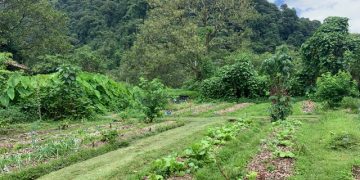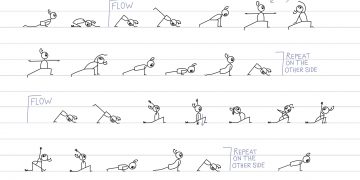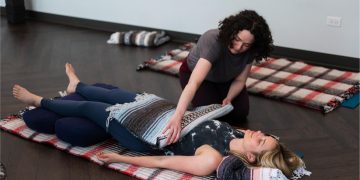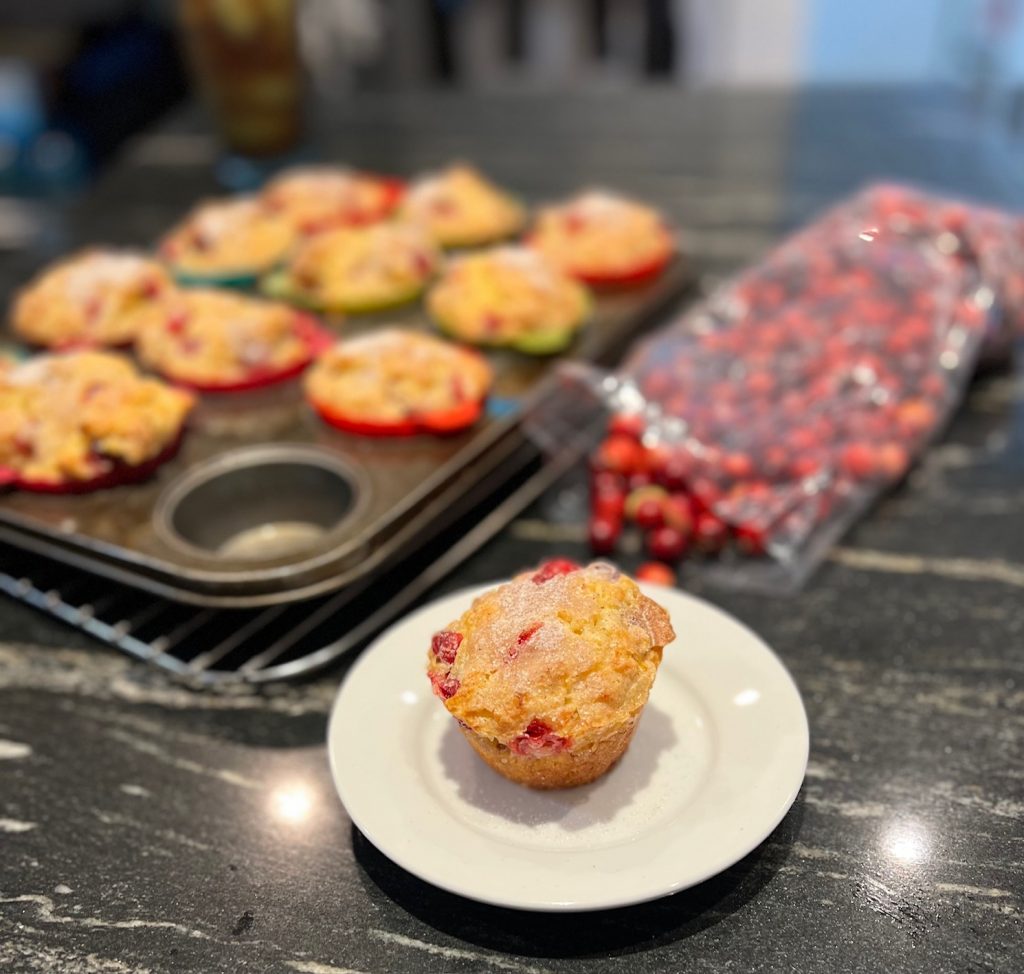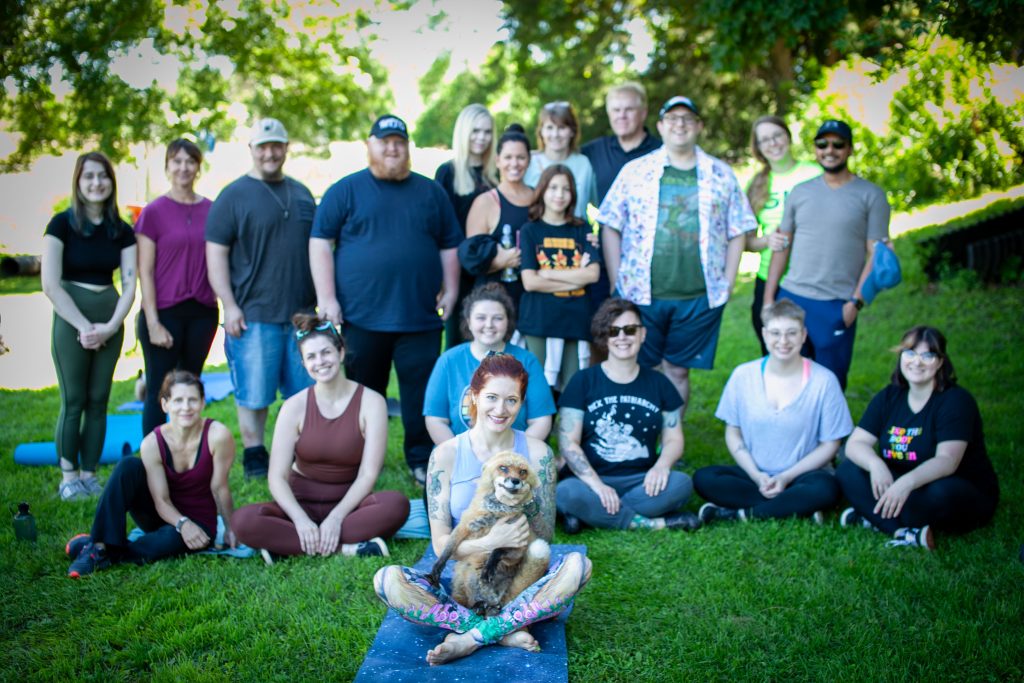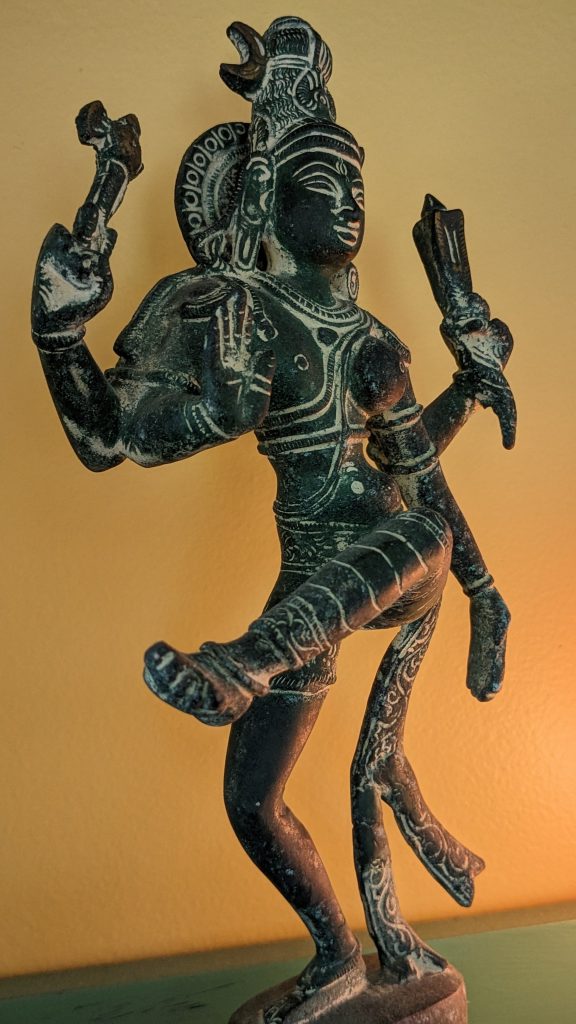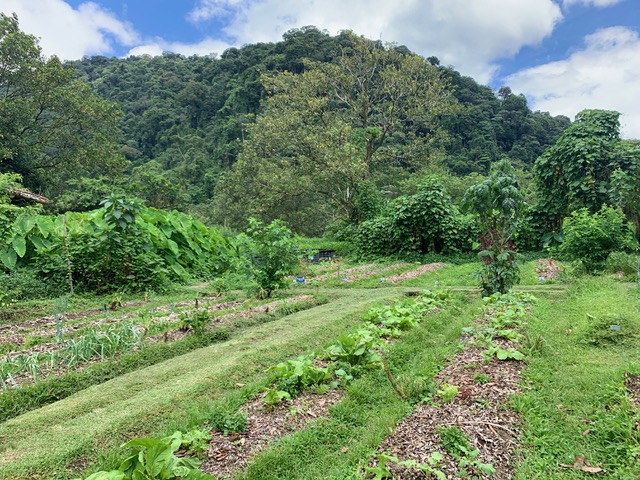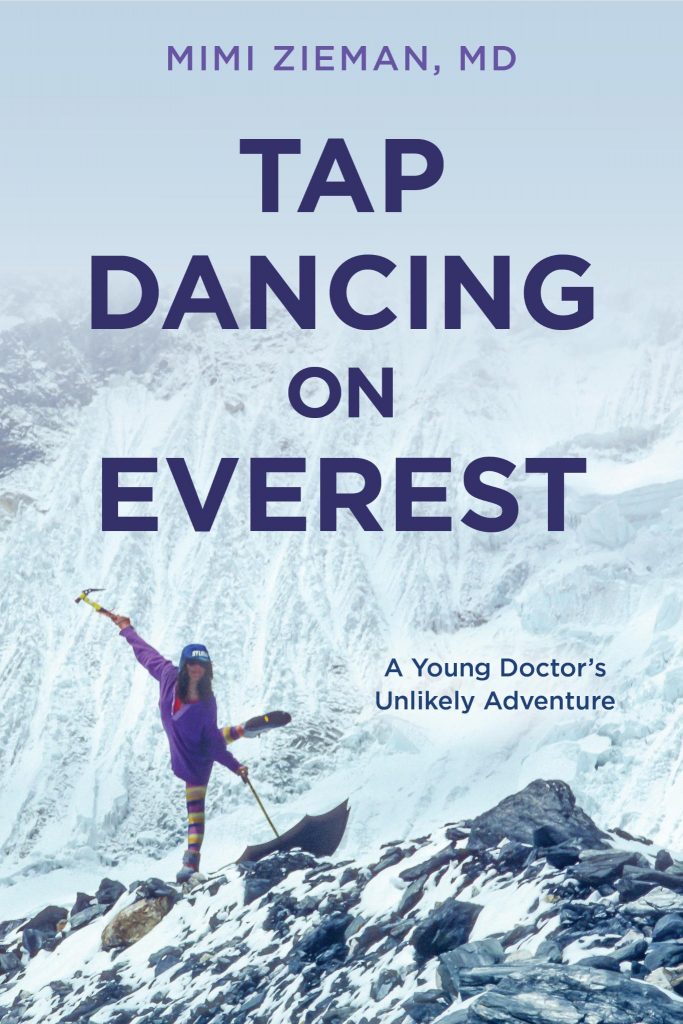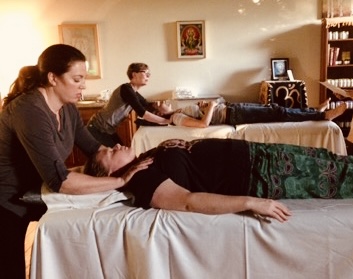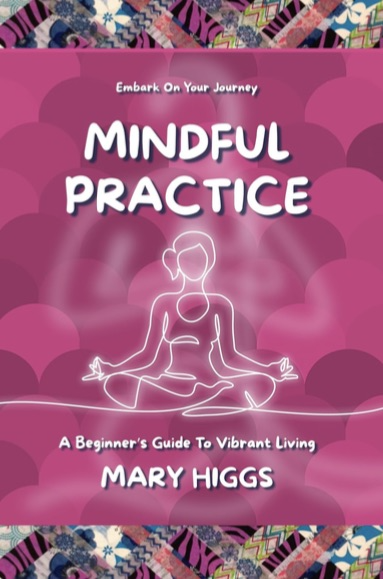Western culture can make it difficult to love our bodies. Inherited hierarchies and divisive dualism pervade the language and mythology. Spirit and body are separated, and body — with its messiness and mortality — falls into something that must be feared and controlled. When I studied Eastern philosophy and religion, I thought I would find a clear model of non-dualistic body celebration. But the culture giving us the amazing fruits of yoga is also entrenched in a desire to suppress and overcome the physical body. Yoga history is littered with stories of extreme asceticism and excessive purification rituals. Yoga cues — whether as self-talk or from teacher-to-student — contain the dust of a thousand years of somatophobia, or fear of the body.
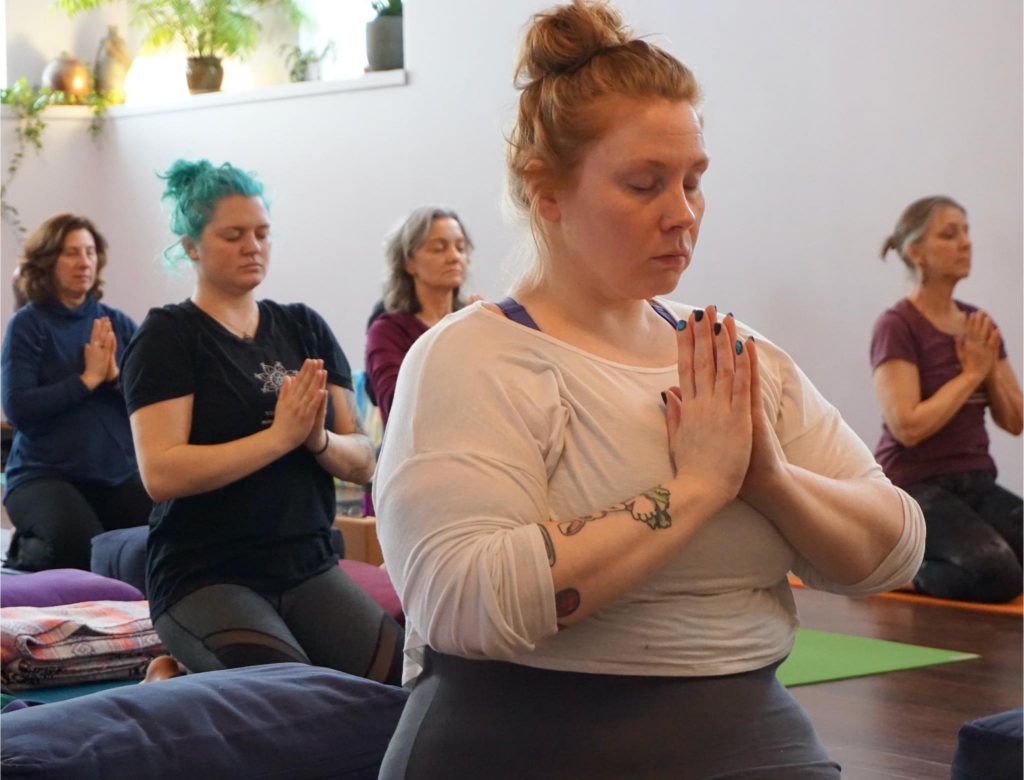
What can we do then, bombarded from all directions with an internalized desire to disown our physical bodies? First, let’s not take everything handed down to us. This will take more work and discernment on our part, but will enable yoga to be a deeply embodied experience as we breathe it in, then pass it on to others. Next, let’s hold the principle of ahimsa, or non-harming, as the central tenet of our yoga practice to help balance our relationship to our physical bodies.
Has your yoga practice fallen away from the principles of ahimsa?
- Notice your self-talk in asana practice Does your mind tend towards criticism or judgment? Or perhaps ruminating insecurities? Do you berate yourself when something doesn’t go as you expect? Often present in all of us, these voices can exasperate the feeling that asana is a way to punish and control your body. If your inner-voice could use a dose of ahimsa, try this: practice alone and say your inner dialogue out loud as it arises (my inner voice’s default – “What is wrong with you?!”). Next, repeat the words until you rephrase it into something less harmful (“This is hard, but you are doing your best.”). Then imagine someone you love in front of you, and have them say the kinder words back to you.
- Let’s say “long spine” instead of “flat back” When our constant cues ask us to transform our body into something physically impossible to achieve, we break down our intuitive trust relationship between words and body. Demanding an ideal body image or perfect shape in poses would fall into this realm as well. When I “lengthen my spine”, my inhale can deepen and I feel freedom between each vertebrae. When I “flatten my back”, there is muscular control, and my breath reflects that by tightening down. “Lengthening my spine” is something I can do and feel from the inside-out; “flattening my back” is best judged by someone else watching me.
- Let’s say “knees-down push-ups” instead of “girl push-ups” This may have started because of the muscular mass difference between kids in PE class, but out of that junior high context, the language implies shame for bodies seeking modification in yoga poses. I hope there will soon be a time when calling something “girl” has no connotation of weakness, but we are still infants in gender equality. Does this mean those identifying as men are emasculated by putting their knees down? That a 72-year-old woman who puts her knees down for push-ups is a girl? I find lowering my knees for planks often enables a stronger engagement of my abdominal wall, so maybe these are core push-ups…
- Let’s say “dense” instead of “gross” In ancient times, the word gross meant anything dealing with the physical body—think of the term “gross anatomy labs.” Over time, this word came to mean “a visceral reaction towards that which is disgusting.” The distinction between subtle and gross energy fills Ayurveda texts and yoga philosophy. As we teach yoga, can we turn away from calling our students’ and our own bodies “gross”? When speaking of energy, “heavy” or “dense” more accurately reflects our meaning without the subconscious push towards disdain. If you don’t think this matters, notice your reaction to this statement: “Let’s work with your gross body.”
As we try to communicate clearly, notice with compassion when you harm yourself and others. Ahimsa asks that we first love unconditionally, then seek right action. What blocks you from feeling whole as you practice yoga? When do you feel spacious enough to forgive stinging words? When do you need to speak up about limited language that hurts? Can you voice your needs in a way that brings as little harm to yourself and others as possible? Ahimsa desires wholeness for body, mind, and spirit.
Tracy Vacura spent decades teaching dance, which means she loves fully-embodied movement and feels passionate about understanding anatomy and alignment. She enjoys working with people to center, find their true importance, and then magnify their own unique gifts in the world. You can find her teaching at Yoga Sanctuary, holding energy therapy sessions as a Certified Healing Touch Practitioner, or co-leading the Holistic Yoga Teacher Training & Personal Transformation program. Tracy’s teachers include Ben Vincent, Judith Lasater, and Tanya Boigenzahn at Devanadi. Tracy seeks healing and welcoming for all bodies.



